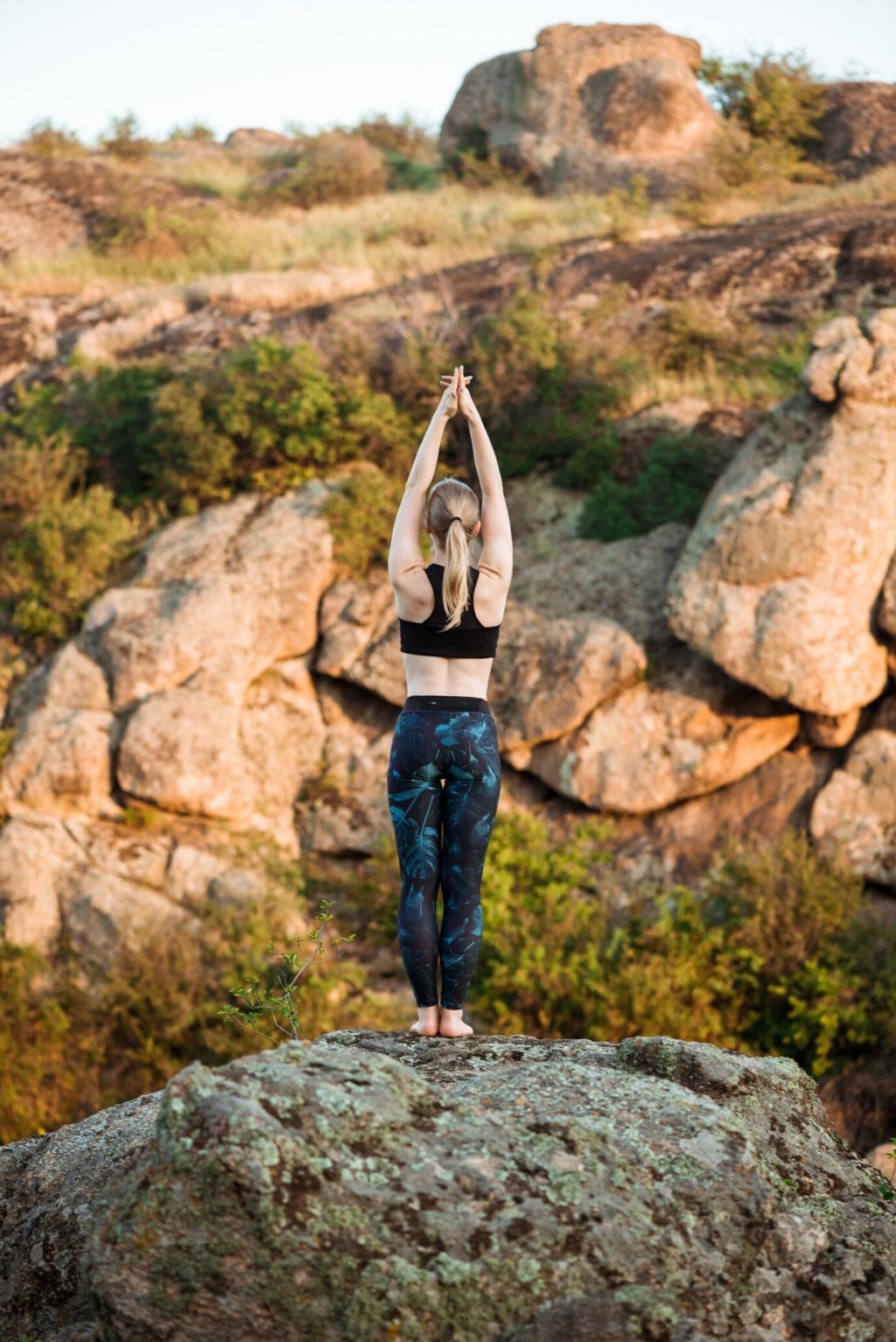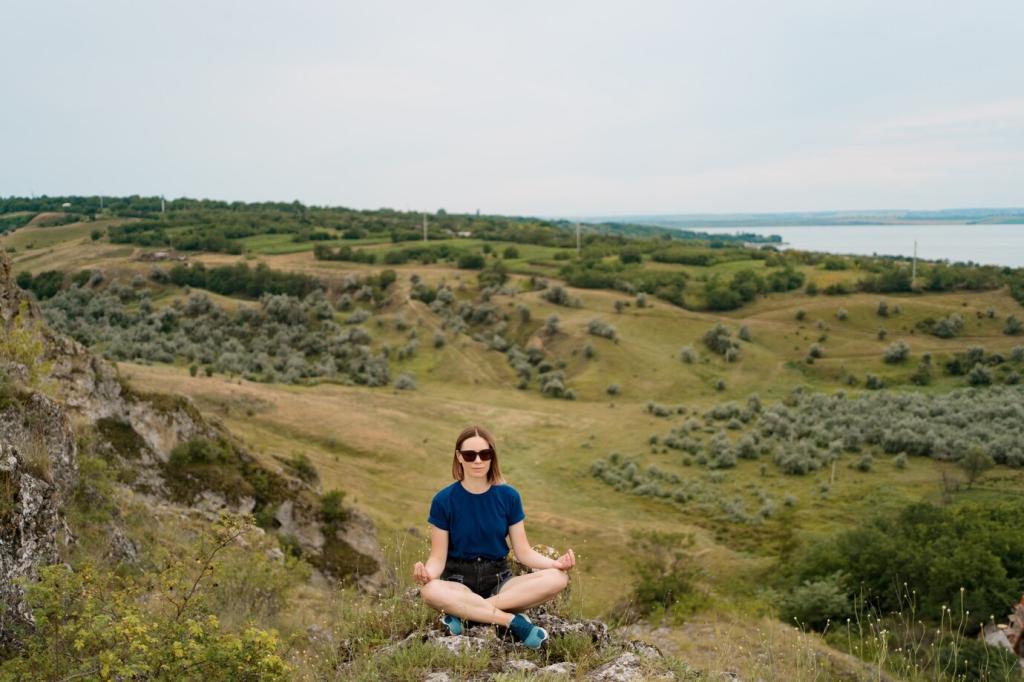Why Mountain Soundscapes Deepen Meditation
Birdsong often follows fractal, non-repeating patterns that the nervous system finds soothing, while wind provides a consistent, low-frequency anchor. Together, they invite sustained attention without strain, gently guiding awareness toward calmer, steadier presence.
Why Mountain Soundscapes Deepen Meditation
Higher elevations encourage slower, conscious breathing, which amplifies the body’s sensitivity to subtle sound textures. As breath lengthens, you perceive faint echoes in valleys, the hush of snowfall, and distant water, each reinforcing grounded focus and gentle mental spaciousness.
Why Mountain Soundscapes Deepen Meditation
At first light, I sat beside a narrow alpine stream and let its silver murmur fill my lungs. When a thrush called, my attention settled instantly. Ten minutes later, thoughts softened, and silence arrived like a friend. Try it and share your reflections.




